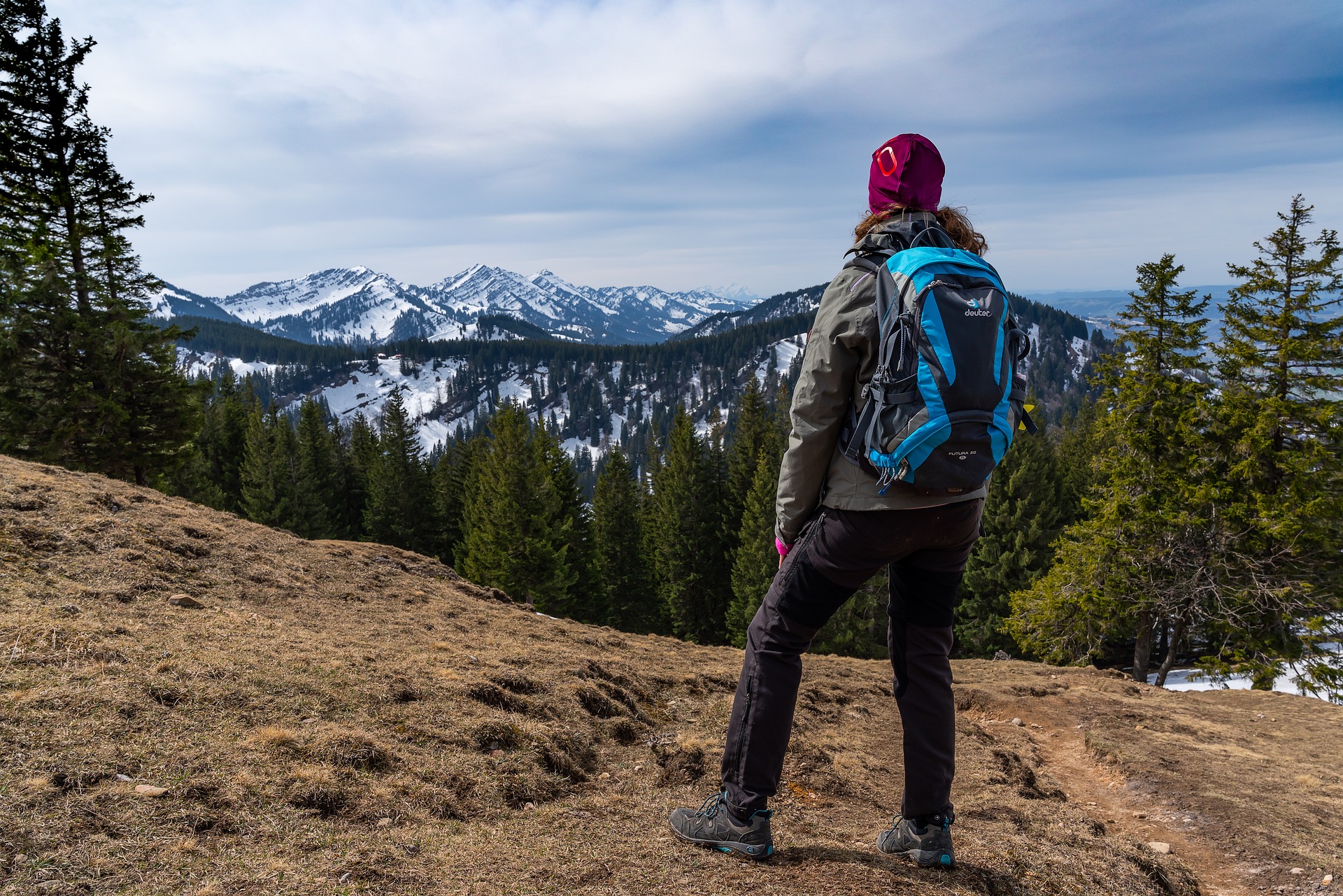Pre-Ride Safety Checklist for Remote Snow Trails
Heading out to remote snow trails requires careful preparation. This checklist focuses on practical safety, reliable maintenance, and smart packing to reduce risk on long rides. Review engine, fuel, navigation, and communication items before departure so you are ready for variable winter conditions.

Heading into remote winter terrain demands thorough preparation beyond routine rides. Before you mount up, take time to assess trail forecasts, group skill levels, and personal limits. A focused checklist can reduce the likelihood of mechanical failures, navigational errors, and exposure-related incidents. This article breaks the plan into manageable sections covering trail briefing, sled maintenance, track and lubrication care, fuel and accessory checks, essential safety gear for touring, and smart packing for emergencies and extended storage intervals.
Winter trail briefing and navigation
Remote trails can change rapidly with weather and avalanche conditions; check local trail reports and weather forecasts before you leave. Plan your route and share it with someone who is not riding, and carry maps and a GPS device with spare batteries. Learn key waypoints and likely hazard areas on your intended trail, and have a backup navigation method—paper maps or a compass—if electronics fail. Consider daylight availability for the duration of your trip and avoid unfamiliar trails after dark.
Sled maintenance and engine checks
Perform a pre-ride inspection focusing on the engine and visible systems. Check oil and coolant levels per the manufacturer’s guidance, look for fluid leaks, and verify that the battery is fully charged. Inspect spark plugs and ignition components where accessible, and ensure any engine covers or vents are clear of packed snow. A well-maintained engine reduces the chance of roadside failures that are harder to resolve in remote areas; document recent maintenance tasks so you know what has been serviced.
Track, suspension, and lubrication
Examine the track for tears, missing lugs, or embedded debris, and confirm track tension is within recommended range. Inspect the suspension components and control linkages for wear or loose fasteners. Lubrication points—especially skag bolts, suspension rails, and drive components—should be serviced before long rides; use manufacturer-recommended lubricants. Proper track and suspension condition directly affect handling and performance on varied trail surfaces, and proper lubrication minimizes wear during extended touring.
Fuel, storage, and accessories
Before remote touring, fill your fuel to a safe margin and understand fuel consumption for your planned distance and riding conditions. Carry spare fuel in approved containers and securely stow them to avoid spills. Check storage compartments and accessory mounts for secure fastening, and verify that tool kits, tow straps, and spare parts are accessible. Accessories such as heated grips, windshields, and cargo systems should be inspected for secure installation to prevent mid-ride failures that are difficult to address off-trail.
Safety gear and touring essentials
Assemble personal protective equipment and emergency tools for remote winter travel. Helmets, layered cold-weather clothing, boots, and eye protection are fundamental; add avalanche safety gear if your route crosses hazardous slopes. Carry a first-aid kit, multi-tool, hand warmers, and a compact shovel. For group touring, ensure everyone understands basic signals and group procedures, and carry redundancy for critical items like communication devices and headlamps to maintain performance if one piece of gear fails.
Packing, communication, and emergency planning
Packing for remote trails should prioritize weight distribution and accessibility: heavier items low and near the sled’s center, and frequently used gear within reach. Include a compact survival kit with fire-starting materials, shelter, and high-energy food. Test two-way radios, satellite messengers, or emergency beacons before leaving, and bring spare batteries or charging solutions. Establish an emergency plan that identifies evacuation options, nearby local services, and a timeline for raising an alert if the group does not check in.
In all steps, balance performance and safety by addressing maintenance and preparation before departure. Regularly update and refine your checklist as you gain experience on specific trails and as seasons change. Consistent pre-ride routines reduce mechanical surprises, improve navigation confidence, and help ensure that tours in remote winter environments are managed responsibly and with an emphasis on safety and preparedness.





